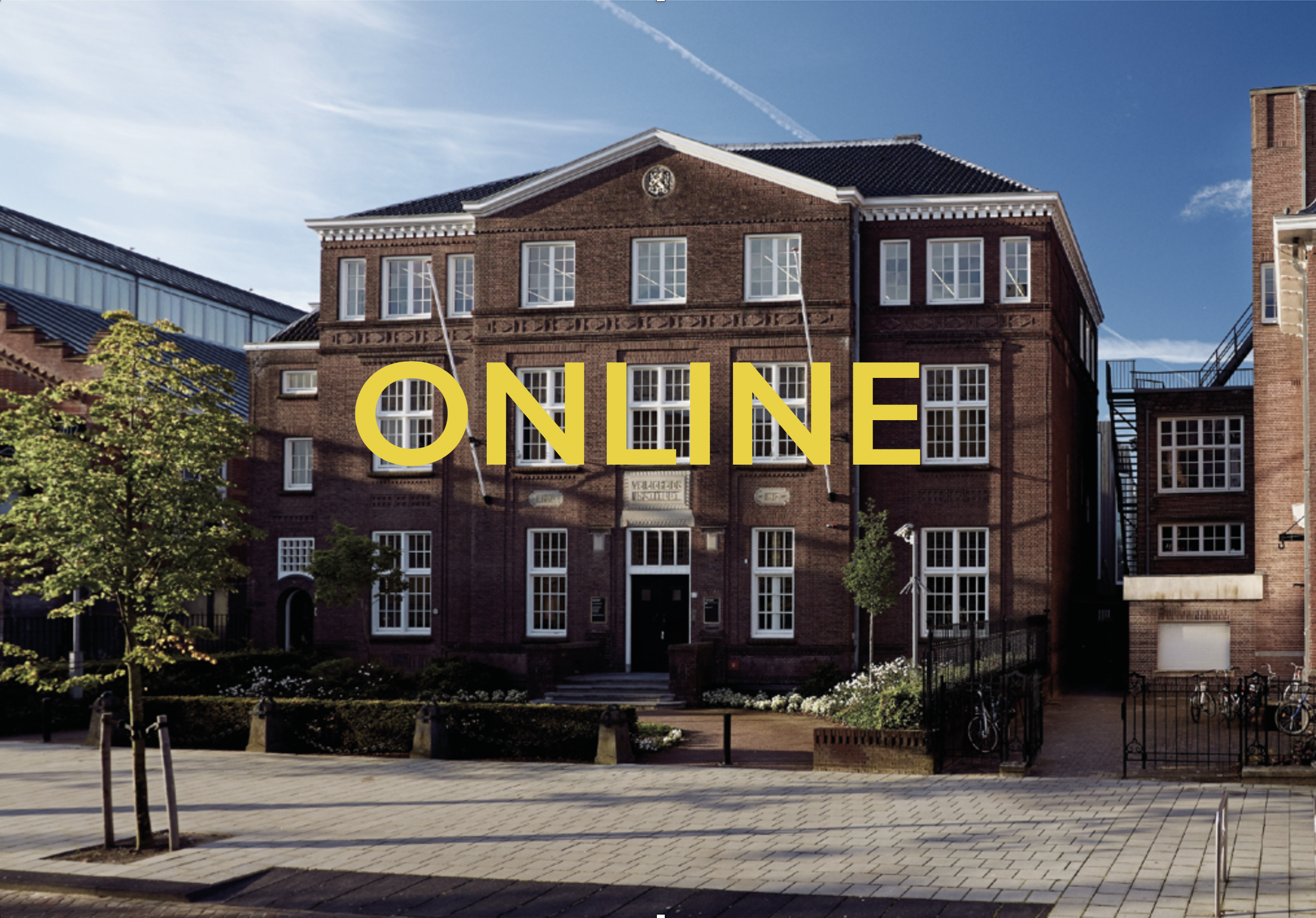

We are pleased to announce a new, online edition of the NICAS colloquium on Thursday 23 January 2025from 12.00 to 13.00 hrs. The colloquium will take place online through Microsoft Teams. Throughout the year, NICAS organises a bi-weekly Colloquium consisting of two short research lectures. It provides researchers with the opportunity to present ideas for, updates on or results of their activities. The NICAS Colloquium allows people to stay informed on a regular basis about the latest developments and results of research and to exchange information and expertise.
The Chair of this colloquium is Catarina Rocha Pires and this week’s presentation is by Jorien Duivenvoorden.
►Jorien Duivenvoorden – A unique case study of water-induced chemical deterioration in two paintings by Jan de Bray (1663)
Abstract:
Two paintings by Jan de Bray (1663) from the collection of the Frans Hals Museum (Haarlem, NL) form an interesting case study of possible water-induced chemical deterioration. Both works have been painted in the same year, by the same artist, and feature a very similar layer build-up. Yet, strong differences in the condition of the paintings were observed when they underwent conservation treatment in 2006-7. Macroscale photography and X-radiography showed that one painting was in relatively good condition, while the other was severely affected by lead soap protrusions. The latter painting suffered from a documented water exposure in the 19th century. This history allows for the rare opportunity to investigate the long-term effect of water exposure in historical paintings. Next to macro-scale imaging, microscale imaging techniques were used to characterise the process of lead soap protrusion formation and determine if and how water played a role. Microchemical analysis (light microscopy, ATR-FTIR, SEM-EDX and SR-µ-XRD) of paint samples revealed that both paintings contained a ground layer where lead soap protrusions and other lead-based secondary products have formed. However, the physical history of the paintings strongly suggests that the difference in condition between the two paintings was caused by the liquid water exposure in the 19th century, which had accelerated the lead soap protrusion growth. Overall, this unique case study allows us to expand on hypotheses about the complex formation process of lead soap protrusions in Old Master paintings.
Bio:
Jorien Duivenvoorden is an assistant professor in Conservation of Historic Interiors at the University of Amsterdam. Jorien holds a bachelor’s degree in chemistry and a master’s degree in conservation of wall painting. Her PhD research is entitled ‘Transport and behaviour of water in oil paintings’ and was performed at the Rijksmuseum and University of Amsterdam. Jorien teaches in the master’s and postmaster’s degree program Conservation and Restoration of Cultural Heritage at the University of Amsterdam. Her research centers around climate-induced material degradation, preventive conservation, and condition monitoring, with a special focus on wall painting in the historic interior.